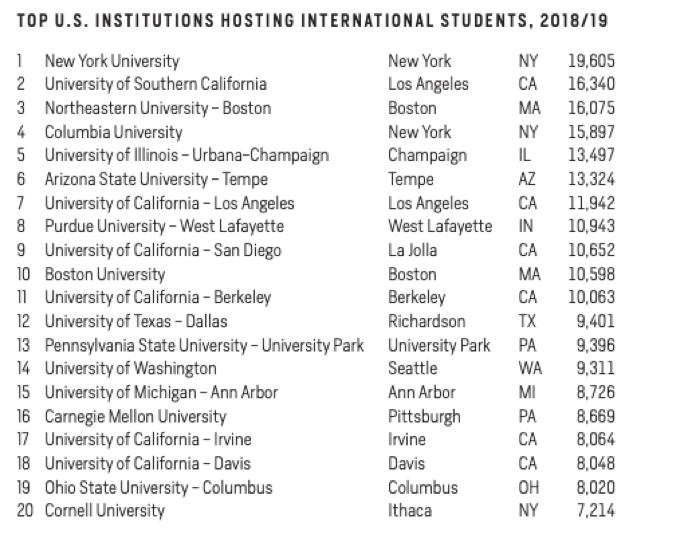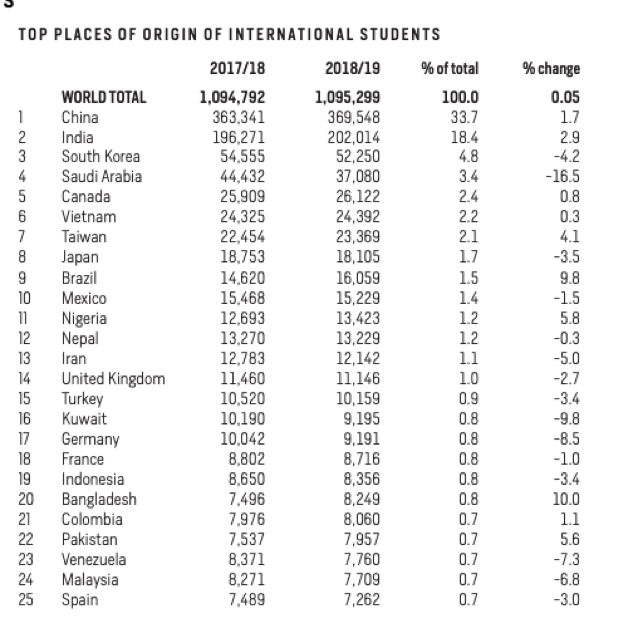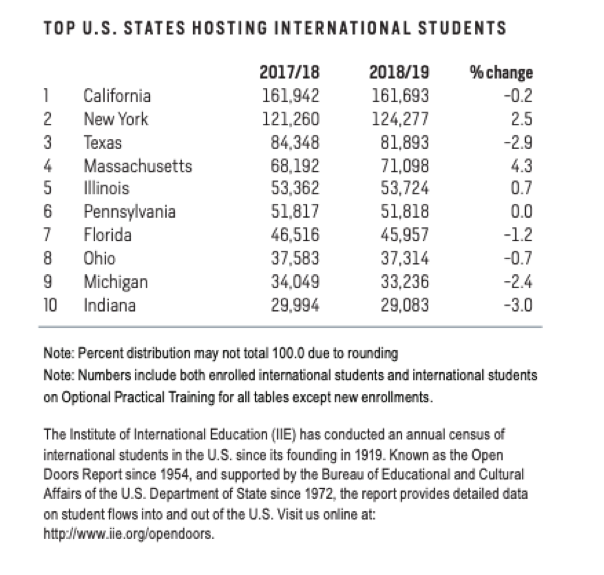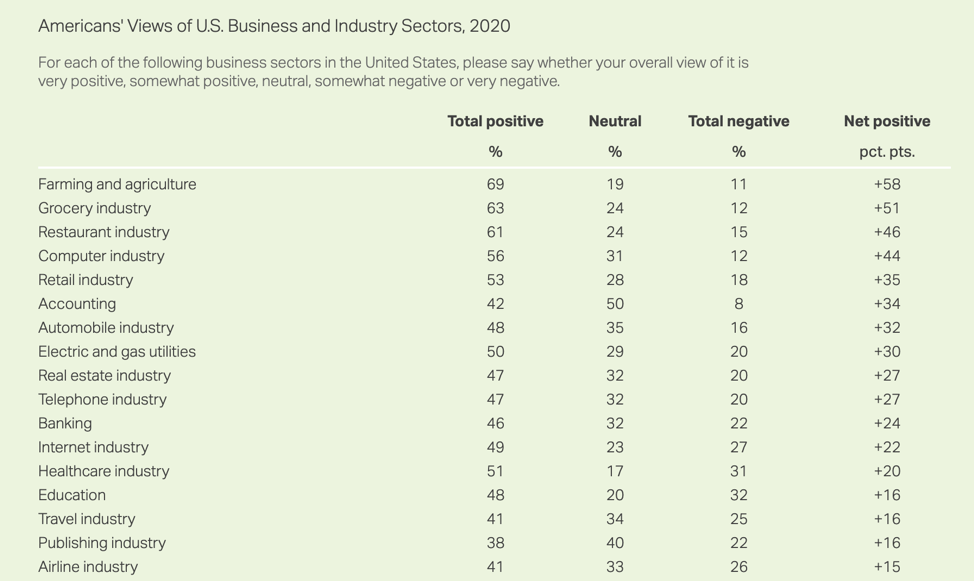 Covering COVID-19 is a daily Poynter briefing of story ideas about the coronavirus and other timely topics for journalists, written by senior faculty Al Tompkins. Sign up here to have it delivered to your inbox every weekday morning.
Covering COVID-19 is a daily Poynter briefing of story ideas about the coronavirus and other timely topics for journalists, written by senior faculty Al Tompkins. Sign up here to have it delivered to your inbox every weekday morning.
This week you have a pandemic, wildfires with dozens of fatalities and many more missing, a brewing hurricane, kids going to school online and uncertain job security all hammering away on your last nerve. No wonder you are grinding your teeth.
The Washington Posts’ Emily Sohn’s dentist told her that since the pandemic she has seen more dental problems related to teeth grinding and jaw clenching. And maybe, just maybe, stress is at the core of it.
WKBW in Buffalo heard the same thing from a dentist:
“People are coming with more tension type headaches, migraines, decreased opening. They’ll say, ‘I used to be able to eat a turkey club sandwich, but now I can’t open as big,” said Dr. Michelle Augello, DDS, owner of Nickel City Dentistry on Hertel Ave.
30-40% of her patients complain about these kinds of issues and she thinks it’s all because of stress caused by COVID-19.
“It is a stressful climate in our world right now. They were clenching and grinding their teeth and they were breaking a lot of teeth,” said Dr. Augello.
And repairing that kind of damage could cost you anywhere from a $100 to thousands.
Katie Camero, a national reporter for McClatchy, found that people who had their teeth grinding under control have seen those problems flare up again during the COVID-19 pandemic.
“I have noticed a flare up of patients that were under control now having jaw pain and many of them attributed that to increased bruxism, or grinding of their teeth,” Dr. Sherwin Arman, the director of the orofacial pain program at the UCLA School Of Dentistry, told McClatchy News.
Due to the pandemic and protective protocols, Arman only treats patients in emergency situations experiencing acute pain. Some of his regular patients who appeared to have their grinding under control, are now back where they began.
Interestingly, while we know a lot about nighttime clenching and teeth grinding (called bruxism), the damage we do to our teeth while we are awake is less studied. The Post article said:
There is no official data about whether the stress of the pandemic has produced a spike in bruxism and related teeth damage. … Scientists have yet to conduct the kinds of experiments that would show definitively that stress can be a cause of bruxism at all, although there are clues that it does make a difference.
For example, plenty of studies have shown that nighttime teeth-grinding commonly occurs in people who experience stress, anxiety, depression or other psychological issues. But most studies have been correlational, which leaves open the possibility that nighttime grinding might be the cause of disrupted sleep and that sleep-disruption, in turn, messes with mood and emotions during the day, says Sylvia Kriebig, a research psychologist at Stanford University in California, who studies the bodily effects of emotions.
The New York Times published an essay from a dentist, Dr. Tammy Chen, who said since she reopened her practice in June, she has seen tooth fracture cases every single day. “I have seen more tooth fractures in the last six weeks than I have seen in six years,” she said. Dr. Chen wrote:
When I reopened my practice in early June, the fractures started coming in: at least one a day, every single day that I’ve been in the office. On average, I’m seeing three to four; the bad days are six-plus fractures.
What’s going on?
One obvious answer is stress. From COVID-induced nightmares to “doomsurfing” to “coronaphobia,” it’s no secret that pandemic-related anxiety is affecting our collective mental health. That stress, in turn, leads to clenching and grinding, which can damage the teeth.
But more specifically, the surge I’m seeing in tooth trauma may be a result of two additional factors.
First, an unprecedented number of Americans are suddenly working from home, often wherever they can cobble together a makeshift workstation: on the sofa, perched on a barstool, tucked into a corner of the kitchen counter. The awkward body positions that ensue can cause us to hunch our shoulders forward, curving the spine into something resembling a C-shape.
If you’re wondering why a dentist cares about ergonomics, the simple truth is that poor posture during the day can translate into a grinding problem at night.
The second factor, Dr. Chen wrote in the Times, is that we are not getting enough “restorative sleep,” which means we never relax our jaw muscles. One big tip, she says, is to try to relax before bedtime. Pay attention to clenching habits during the day and if you use a mouthpiece at night, consider “popping it in” in the daytime, especially during stressful periods of the day.
International college enrollment is WAY down
International students represent a significant income stream for universities — while they make up 6% of college enrollments in the U.S., they contribute big bucks. The American Council on Education estimated international student enrollment might be down by 25% this fall.
Schools said a growing percentage of international students are sitting out this semester and will try again in 2021. Axios spelled out some of the barriers:
U.S. embassies and consulate offices are just beginning to reopen, and both universities and students worry a backlog for visa approvals could persist into next year.
Some students under a travel restriction may even try to enter the U.S. through a third country, quarantine for 14 days and then board a plane to the U.S.
“We can never recommend that,” Ravi Shankar, assistant vice provost and director of the International Services Office at the University of Rochester, tells Axios. “You have to make the decision that is best for you, but we say please take into consideration the safety and security when you’re considering going into a third country like Cambodia or Vietnam for example.”
Here is some data from OpenDoorsData.org that might help you get local on this story:

(Data and chart from Open Doors)

(Data and chart from Open Doors)

(Data and chart from Open Doors)
Axios reported that new regulations may be coming very soon that could complicate life for international students and recruiting for universities:
The Trump administration plans to propose a rule in coming weeks to make international students request visa extensions after two or four years of study, administration officials tell Axios.
Right now, foreign students can stay indefinitely as long as they meet requirements proving they are students.
The proposal would essentially set up mandatory check-ins with the Department of Homeland Security in an attempt to prevent overstays.
While ICE oversees the student visa program, the proposed extension process would go through the backlogged U.S. Citizenship and Immigration Services (USCIS).
Farmers and health care workers gain popularity as the most admired industries during COVID-19
Farmers were already high on Gallup’s “most-admired” industries list before this year, but maybe a little food emergency sharpened our appreciation for the people who put food on our tables. Same for health care workers.
Athletes and members of Congress did not fare so well. And the TV/radio and publishing industries ranked around the same as the oil industry and airlines.

(Data and graph from Gallup for July 30 through Aug. 12)
Gallup says the trends show:
- Farming and agriculture were already among the top-rated industries before 2020, but it has now moved to No. 1 with a 69% positive rating — an 11-percentage-point increase.
- With a 13-point increase to 51%, the healthcare industry has advanced from the third-lowest-ranked industry to near the middle of the pack. This is the first time in the 20 years of Gallup measurement that a majority of Americans have rated health care positively. The latest reading mirrors the increase in Americans’ confidence in the medical system that Gallup found earlier this year.
- The pharmaceutical industry’s positive rating has increased seven points to 34%. The industry is now the second-lowest-rated on a net (positive minus negative rating) basis.
- The biggest slide, however, has been for the sports industry, with its positive score falling 15 points — from 45% to 30%.
It is noteworthy that even while the pharmaceutical industry gained popularity it is still the second-lowest rated industry on the list. Both political parties constantly attack Big Pharma over drug prices while praising them for their work on vaccines and accepting huge political contributions.
Reaction versus anticipation
We are so much more focused on reaction than anticipation, it seems. The Los Angeles Times reminded us that 19 years ago, the third United Nations Intergovernmental Panel on Climate Change report warned us that we would be facing raging wildfires and more intense hurricanes. And now, they are here, in this week’s headlines.
“This shouldn’t come as a surprise to anyone,” said Michael Gerrard, director of the Sabin Center for Climate Change Law at Columbia University. “Maybe we underestimated the magnitude and speed” at which these events would occur, he said, but “we’ve seen this long freight train barreling down on us for decades, and now the locomotive is on top of us, with no caboose in sight.”
In a matter of weeks, California has experienced six of the 20 largest wildfires in modern history and toppled all-time temperature records from the desert to the coast. Millions are suffering from some of the worst air quality in years due to heat-triggered smog and fire smoke. A sooty plume has blanketed most of the West Coast, blotting out the sun and threatening people’s lungs during a deadly pandemic.
New research points to Death Valley-like temperatures becoming more common, even on the California coast. And extreme temperatures vastly increase fire danger. The study said, “the observed frequency of autumn days with extreme (95th percentile) fire weather — which we show are preferentially associated with extreme autumn wildfires — has more than doubled in California since the early 1980s.”
The way we work/live now
Adrienne Roark is a longtime newsperson (and friend) who is now a general manager at KPTV in Portland, Oregon.

(Screenshot, Facebook)
We’ll be back tomorrow with a new edition of Covering COVID-19. Sign up here to get it delivered right to your inbox.
Al Tompkins is senior faculty at Poynter. He can be reached at atompkins@poynter.org or on Twitter, @atompkins.







